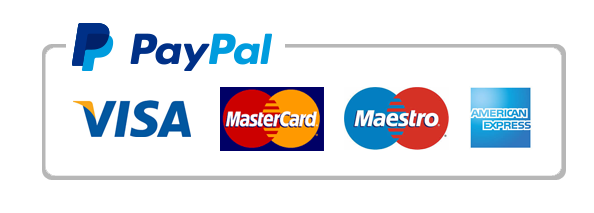***This assignment utilizes TurnItIn. When you submit this assignment to the assignment drop box, it will automatically be submitted to TurnItIn. You will receive an Originality Score along with an Originality Report that should be carefully reviewed. If revisions need to be made to your assignment, you will be able to make additional submissions, and you will quickly receive updated Originally feedback. It is important to plan ahead so that you have enough time to review your originality feedback and make any revisions to your assignment
before the final due date. Please see instructions for using TurnItIn in the Course Welcome module under Useful Resources.
How many submissions to TurnItIn are allowed?
· For 3000 level courses, you will be allowed a total of three (3) submissions to TII (original plus 2 additional)
· For 4000 level courses, you will be allowed a total of two (2) submissions to TII (original plus 1 additional) (excluding elective courses LDR 4400, NSG 4310, NSG 4410, NSG 4430)
· For elective courses, you will be allowed a total of three (3) submissions to TII (original plus 2 additional)
NOTE: If you must submit your assignment
AFTER the due date, please refer to the RN to BSN Late Assignment Policy in the Syllabus for questions related to a request to submit a late assignment.
Assignment Instructions:
· Review the case study scenario below and the client's family history and medical profile information from unit 1.
· Next, write a 6-8-page paper analysis of the client (including title and reference page) according to the assignment specifications, outline, and grading rubric.
Case Study 2 Scenario:
Client, William Collins, arrived to the emergency room for an exacerbation of Chronic Obstructive Pulmonary Disease (COPD). The emergency department nurse enters the triage room to find Mr. Collins sitting at the side of the bed leaning forward with both arms on the bedside tray. He complains he is having shortness of breath that he is unable to control with his usual medications. His son is with him at the bedside because his wife is unable to come with him due to dialysis.
Case Study Analysis Assignment Outline:
The case study analysis paper should include the following sections with responses and rationales for all the prompts.
Introduction (3-5 paragraphs)
Provide an overview of the pathophysiology of the disease exhibited by the client. Include:
· What additional assessment findings would you look for?
· What lab abnormalities would you expect to see?
· What diagnostics would you anticipate the healthcare team ordering?
· Provide a rationale for your answers.
Implications for Self-Care (2 paragraphs)
· Consider Maslow’s hierarchy of needs and describe where the client falls in that hierarchy and how this will impact care and healing.
· How does this disease process impact the client’s and/or their care provider’s ability to care for themselves?
Patient Education Strategy (2-3 paragraphs)
· Identify 3-5 appropriate nursing interventions and teaching points for your client based on the pathophysiology and assessment findings.
· Describe the educational strategies that should be incorporated when building a plan of care for your client.
· Support with rationale.
Interdisciplinary Collaboration (2-3 paragraphs)
· Identify 2-4 interdisciplinary team members who need to be included in the care of the client. Include rationale.
· Consider the care the client will need while inpatient and upon discharge.
· Consider nutrition, community services, and financial implications.
Conclusion
· Summarize the key concepts of this disease process and client case study scenario.
References
· A minimum of three references should be used in this paper.
· References should be no more than five years old.
Exceptions include seminal works, such as original publications by nurse theorists.
· One reference must be your textbook,
· One reference must be from a peer-reviewed journal,
· One reference must be from an authoritative website such as the CDC, NIH or Healthy People 2030.
Assignment Specifications:
· Name the paper with a File Naming Protocol: When you save the paper, name it: LastName_NSG 3300_CaseStudyAnalysis_1.docx
· Paper reflects clinical and professional client/cases, and no references to personal or family issues.
APA Formatting
· All papers should be written in APA formatting. This paper should include:
· Formal components, such as a title page, and APA formatting with an introductory and conclusion paragraph that summarizes the key concepts
· APA-formatted
level headings
· APA margin, font, and paragraph spacing
· Include page numbers
· Appropriate in-text reference citations
· A reference page, in correct APA format

